Dwarf Purple Isopods are the darker side of the famous bioactive dwarf duo.
Coming in even smaller than their white counterparts, they come with a variety of unique advantages.
In fact, they are categorically the smallest isopods on the market. So they can fit in all but the smallest of containers, and (along with their subtle purple camouflage) they’re almost undetectable to the naked eye.
As far as hidden bioactive cleanup crews go, these guys might as well be isopod ninjas! They’re also amongst the most prolific of any species, able to colonize a project in rapid time.
Ready to find out how to care for these Dwarf Purple Isopods and put them to good use?
Great, let’s mauve-on out.
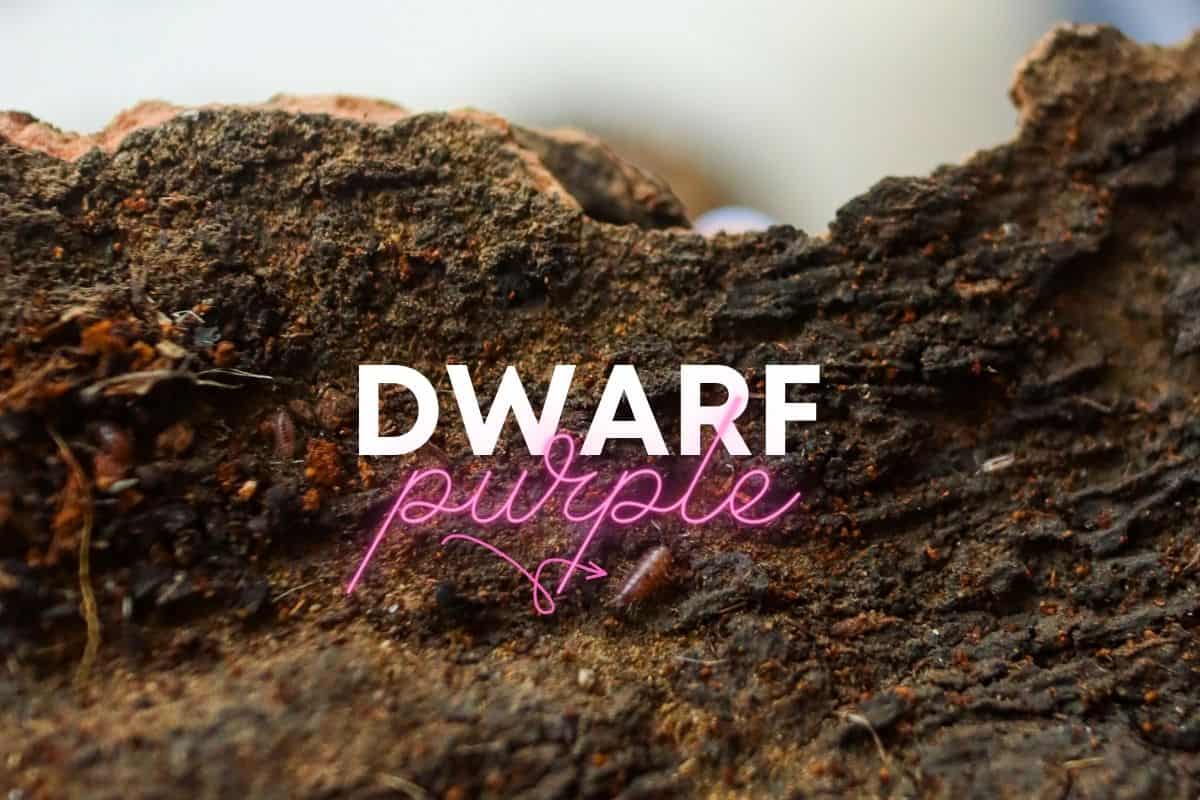
Terrarium Tribe is reader-supported. When you purchase through links on our site, we may earn an affiliate commission (at no further cost to you). 💜
Intro to Dwarf Purple Isopods: Size, Looks & Utility
Dwarf Purple Isopods (Trichoniscidae sp.) typically measure up around just 2-4mm in size.
For reference, that could be just 1/4 of the size of something like a Cubaris murina isopod – which is probably the most comparable species in terms of color – so they really are tiny!

Though it’s worth noting, these Costa Rican “micropods” seen on the market are likely to be a few different species as they’ve yet to be officially classified.
So, the sizes and colors do vary somewhat.
Interestingly, with a name that clearly defines them as “purple,” they’re actually not all that bold, bright, or… purple. Their tones actually range from a muted grey or violet to a subtle magenta.
They tend to blend in against a soil/substrate backdrop – so there are definitely some earthy hues in there.
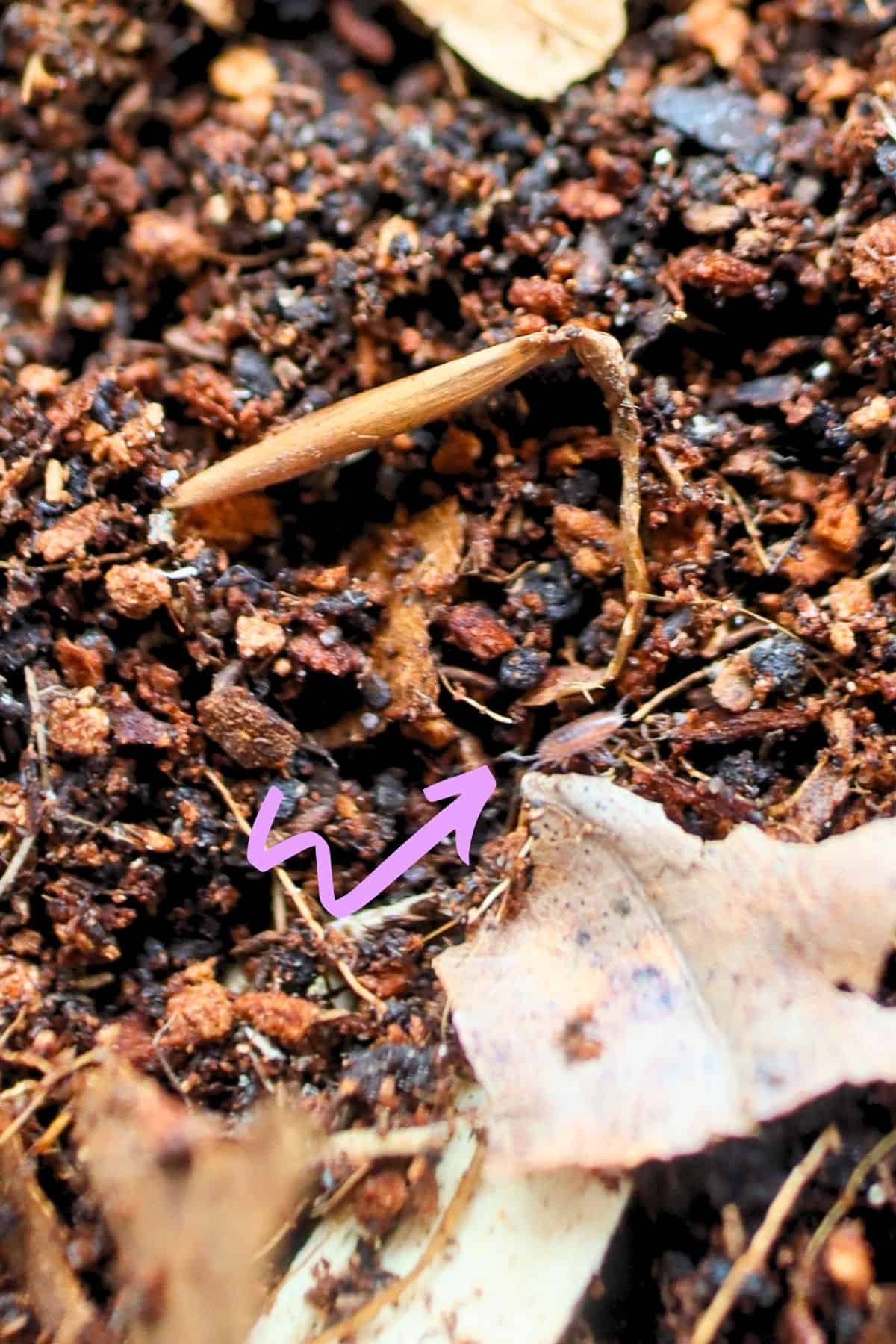
Advantages of Dwarf Purple Isopods
- Bioactive capabilities – They’re active and efficient, making them a perfect background cleanup crew in a bioactive terrarium/vivarium.
- Tropical terrarium suitability – As natives of South and Central America, they’re a natural fit for tropical terrarium conditions. Plus, they’re so small they can fit into small planted terrariums where no other species could.
- Rapid reproduction rate – Just like Dwarf Whites, these have the handy genetic advantage of “parthenogenesis,” meaning the females can reproduce without males.
- Feeder insect potential – Their small size and rapid reproduction rate make them good feeder insects for dart frogs.
All of these things together make these isopods a versatile choice for all manner of projects.
👉 Sound good? Shop our Dwarf Purple Isopods.
Dwarf White vs. Dwarf Purple Isopods
The truth is, Dwarf Whites and Dwarf Purples are both super popular, and there’s significant overlap in terms of their advantages and use cases.
If you’re trying to choose between them for a tropical terrarium, it’s likely that both would be a good fit.
That said, (besides the obvious color difference) there are some potential differentiating factors.
1. First up, Dwarf Purples are indeed smaller than their white counterparts (around 3mm vs. 5mm).
In reality, they’re not that much shorter, but they are quite a bit thinner. Which, when we’re getting to these kinds of sizes, is probably the most significant visual distinction.
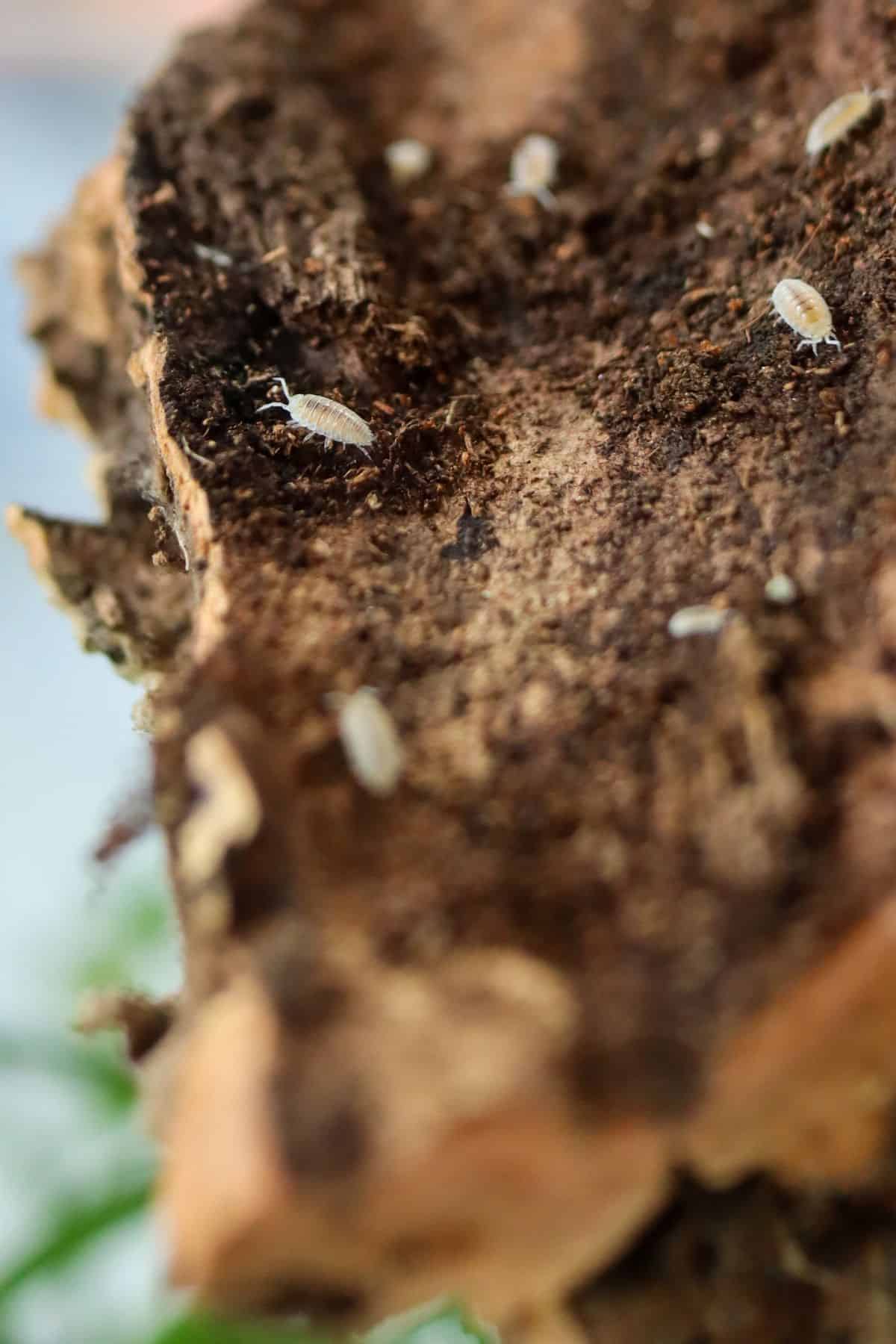
2. Team Purple are considered by some to be the more prolific of the two.
Though there are conflicting accounts online. Users on the Dendroboard forums have mixed anecdotal experiences1 on whether the whites or purples outcompete the other.
I think it’s fair to say they’re both incredibly prolific. ✓
3. Finally, there’s their burrowing nature.
Dwarf Whites are often picked for animal vivariums because they burrow and can, therefore, avoid being eaten. But again, there’s conflicting advice here as to whether Dwarf Purples like to burrow or not.
I asked our more experienced partners, Rubber Ducky Isopods to settle this for me. They said, “The dwarf purple will burrow – typically about an inch to two inches,” which is similar to what I’ve found recently.
So there you have it. They’re even more similar than I first thought.
Essential Dwarf Purple Isopods Care
Temperature and Humidity
These tropical natives are a perfect fit for hot and humid terrariums.
In fact, humidity is pretty important here, so you want to be pushing 80% here (which should be fairly easy in most tropical terrariums).
Temperature is less of a deal-breaker, with these isopods doing just fine at typical household conditions (e.g., 70-80°F). Though they’ll reproduce faster at the higher end of that range.
Habitat and Substrate
As you might expect from the smallest available isopod, they only require a small container.
To get started, at least… These critters breed quickly, remember?
For independent colonies, any Tupperware container should be enough in the early stages.
You’ll need to add some air holes if you’re not opening it up daily, but Dwarf Purple Isopods aren’t overly sensitive to ventilation. Which is super helpful in maintaining those high humidities that they prefer.
On the substrate front, any typical tropical terrarium mix is a good place to start.
You’ll want a substrate that’s high in:
- Water retention capacity – to help maintain moisture and humidity levels.
- Organic nutrients (e.g., earthworm castings) – as a consistent food source.
ABG Mix is always a good starting point if you’re in any doubt.
What to Feed Dwarf Purple Isopods
Trichoniscidae sp. isopods aren’t overly picky with food, which is partly what makes them such an excellent cleanup crew.
A regular diet of decomposing wood and leaf litter is the isopod gold standard that still applies here. You can’t go wrong with a healthy layer of leaves (we sell bags of both oak leaf litter and magnolia).
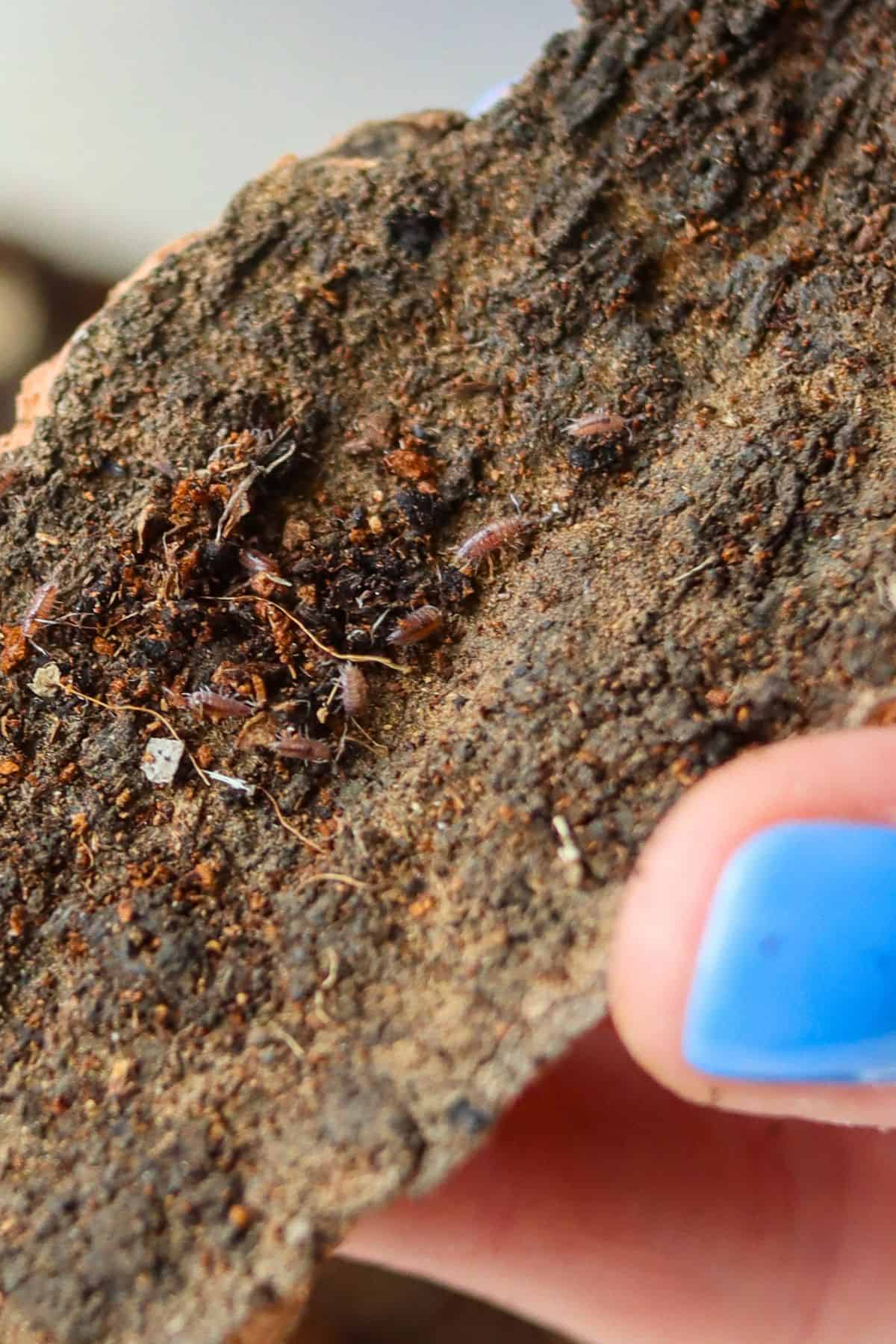
Naturally, if you’re putting them to work in an animal vivarium, you’ve got another regular supply of food in the form of poop. Cost-saving and waste recycling in one!
You can also supplement where necessary with vegetable scraps. Pretty much anything will work here, but I’d be wary of adding too much wet food (e.g., watermelon) as it can attract pests and change the moisture dynamic of the habitat.
Finally, you’ll want to consider a protein option too.
Freeze-dried seafood is one method (e.g., crab meal or shrimp) as it’s convenient, packed full of protein, and brings added calcium to the table.
👉 The easiest way to get all of those things in one? It’s got to be our Isopod Superfood Blend.
Developed by our expert partners at Rubber Ducky Isopods, it has everything your isopods need for a healthy diet in a convenient powder form. A small sprinkle is all it takes.
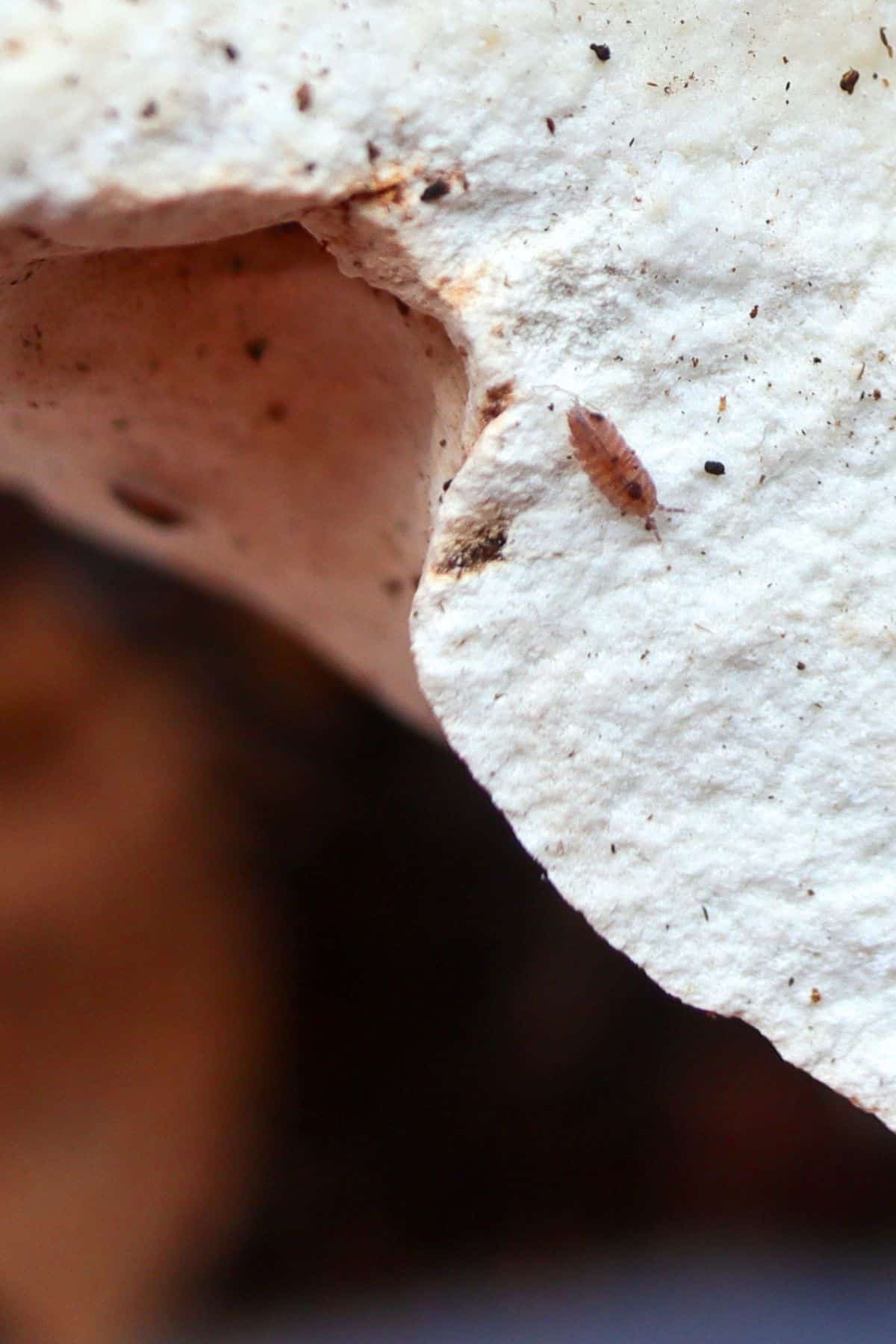
Ready to Make it (Purple) Rain?
The versatility of Dwarf Purple Isopods makes them such an easy pick.
Honestly, choosing between these and their fellow Dwarf Whites is probably the hardest part.
That said, if you’re looking for a larger waste-munching machine, there are a variety of other isopod species you might want to consider. Why not check out our extensive range of isopods for sale?
References
- https://www.dendroboard.com/threads/battle-of-the-dwarves.355610/ ↩︎
